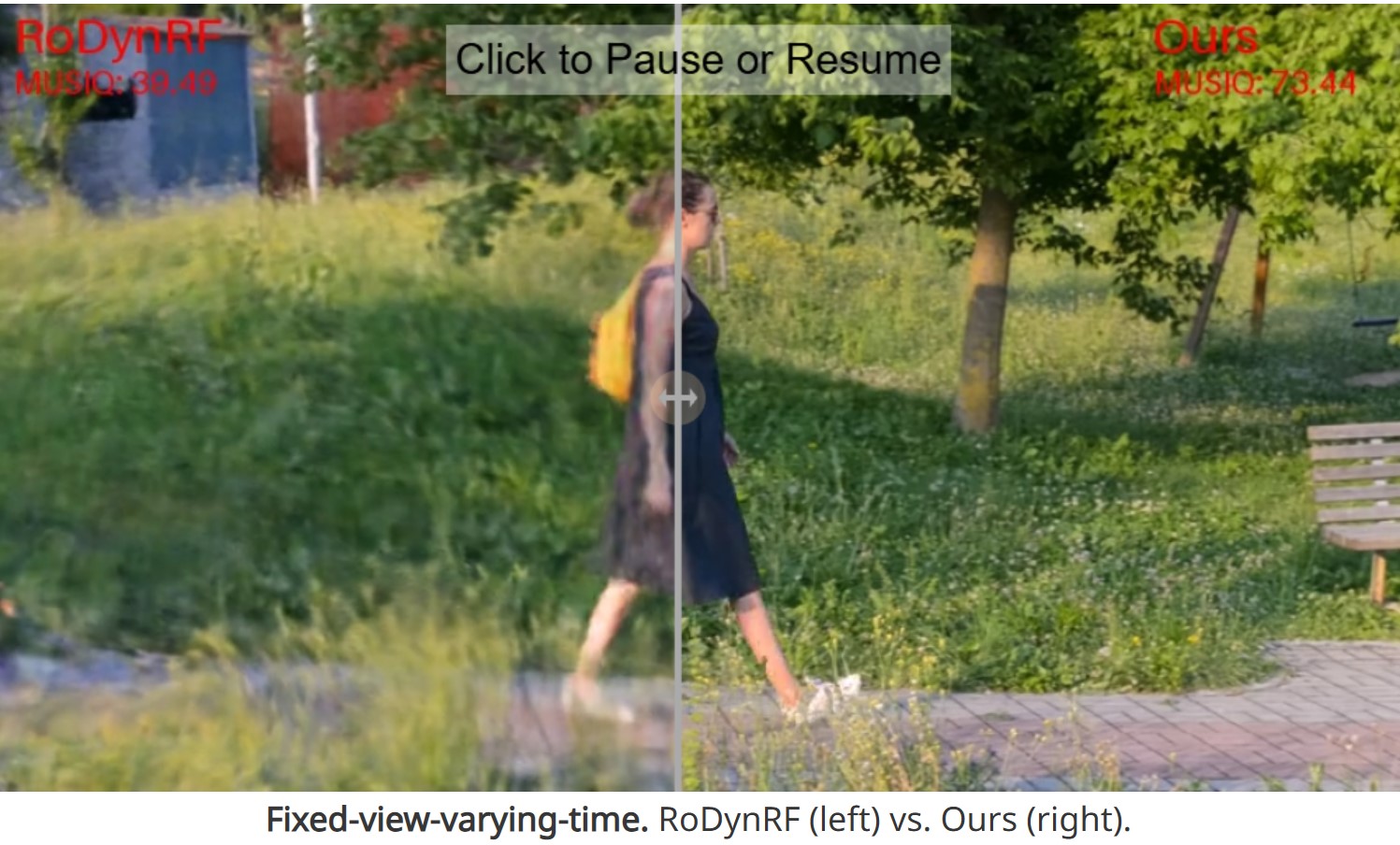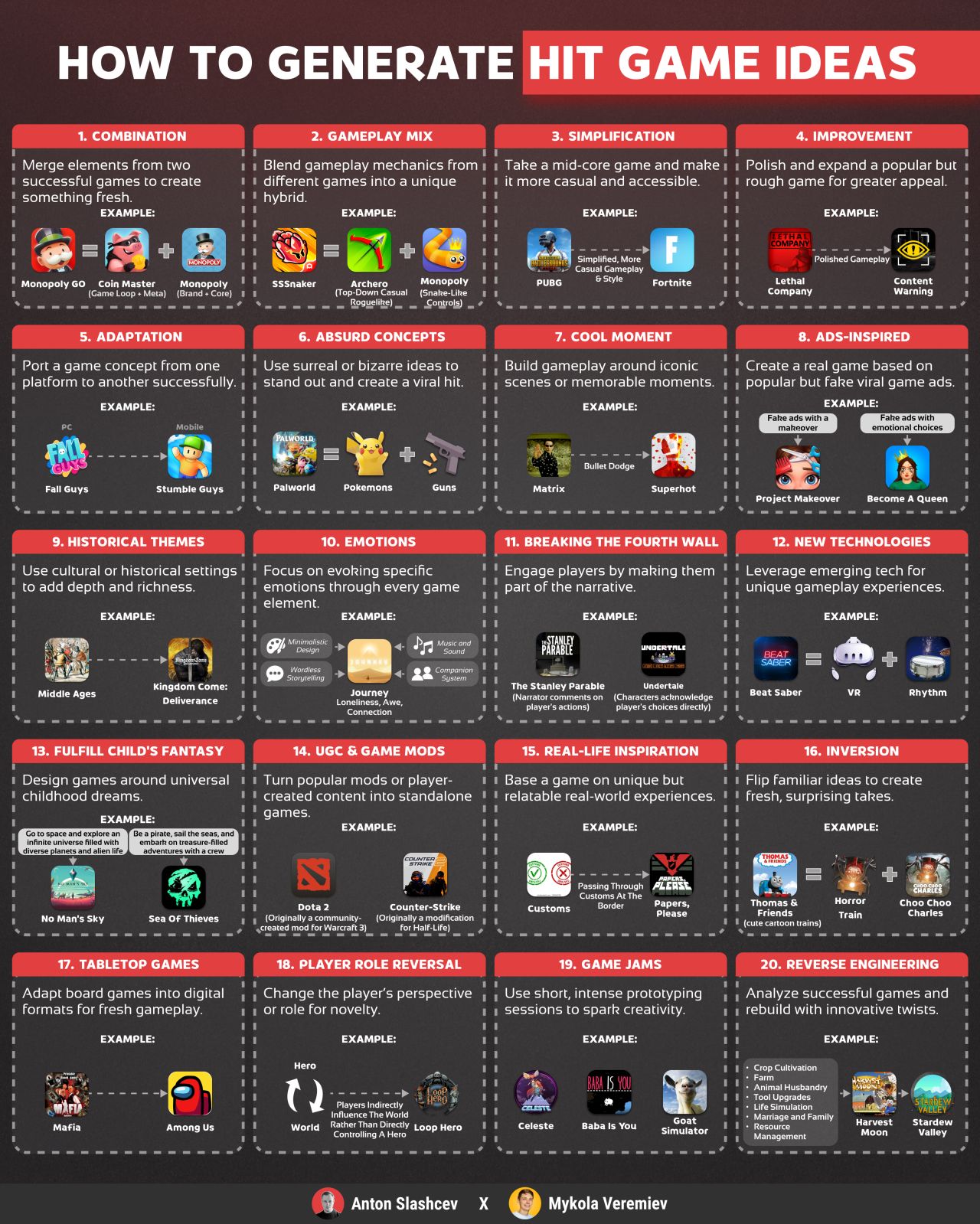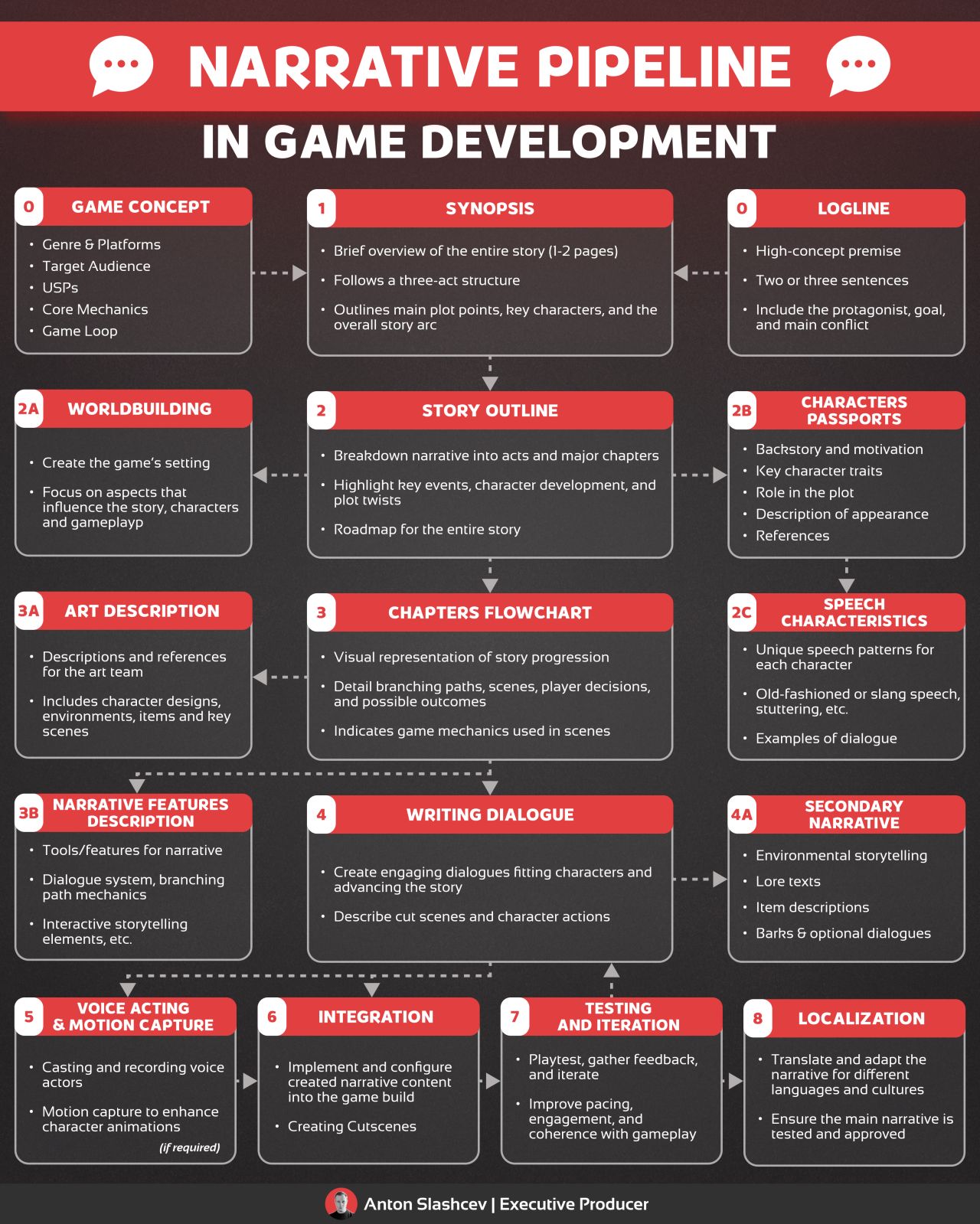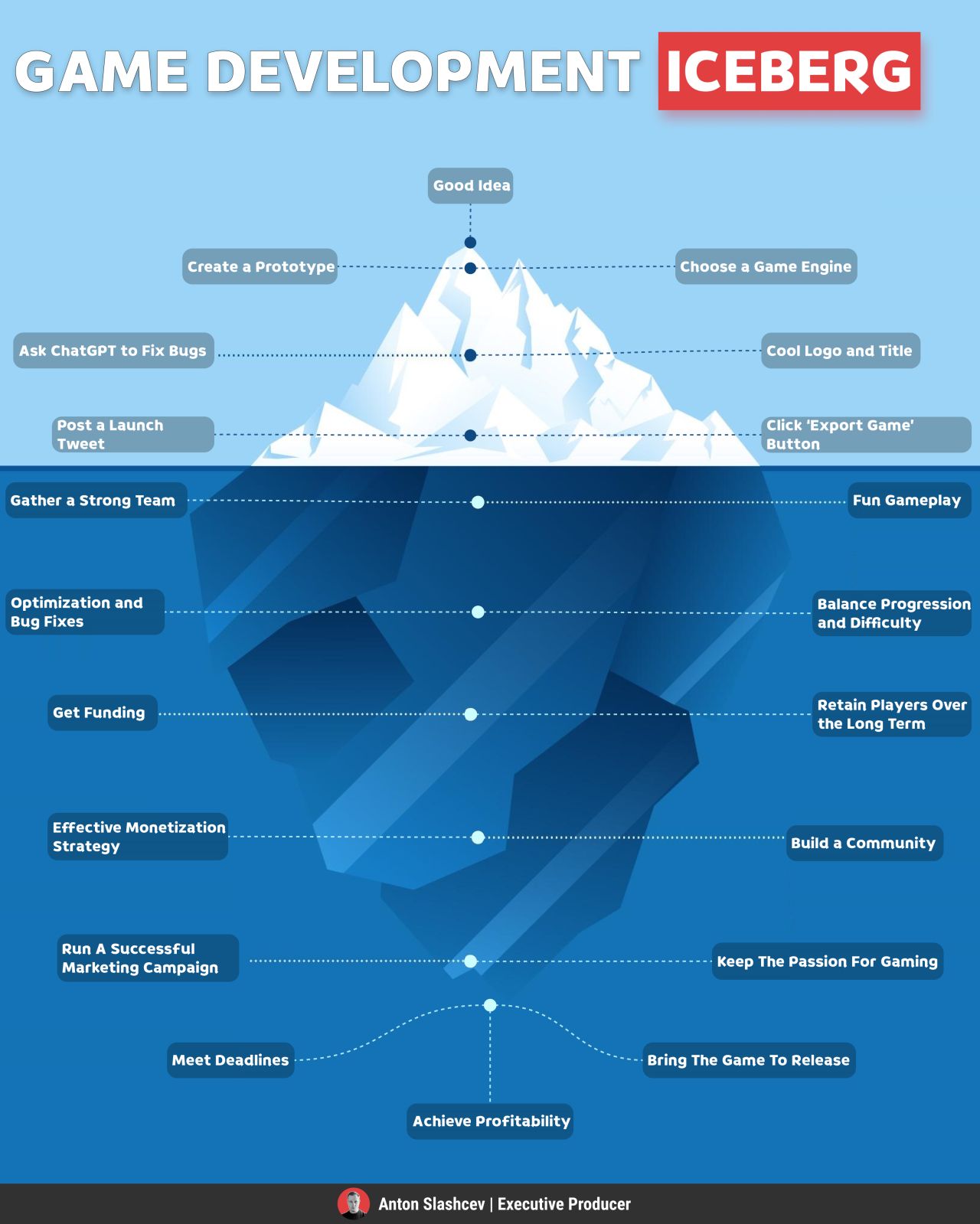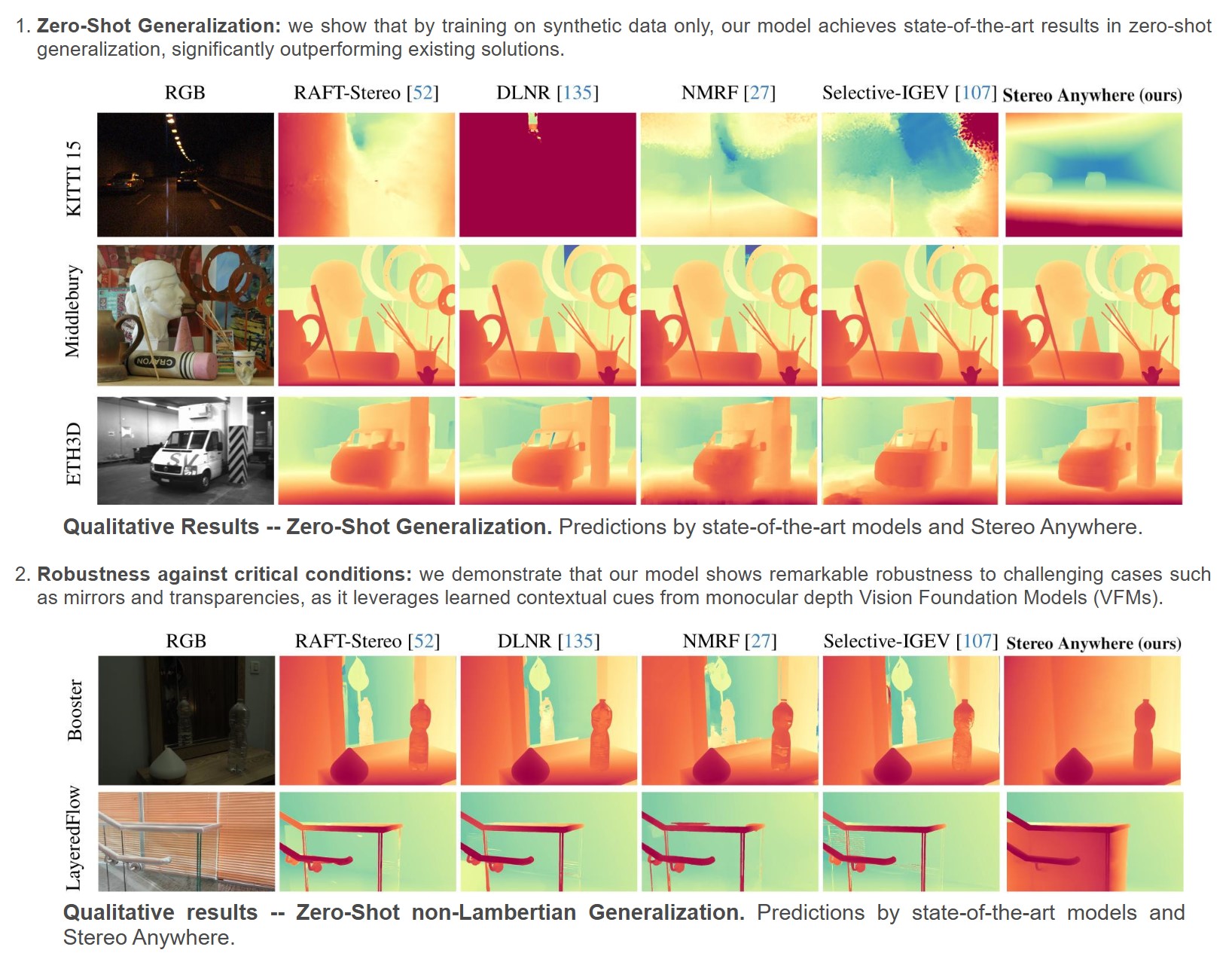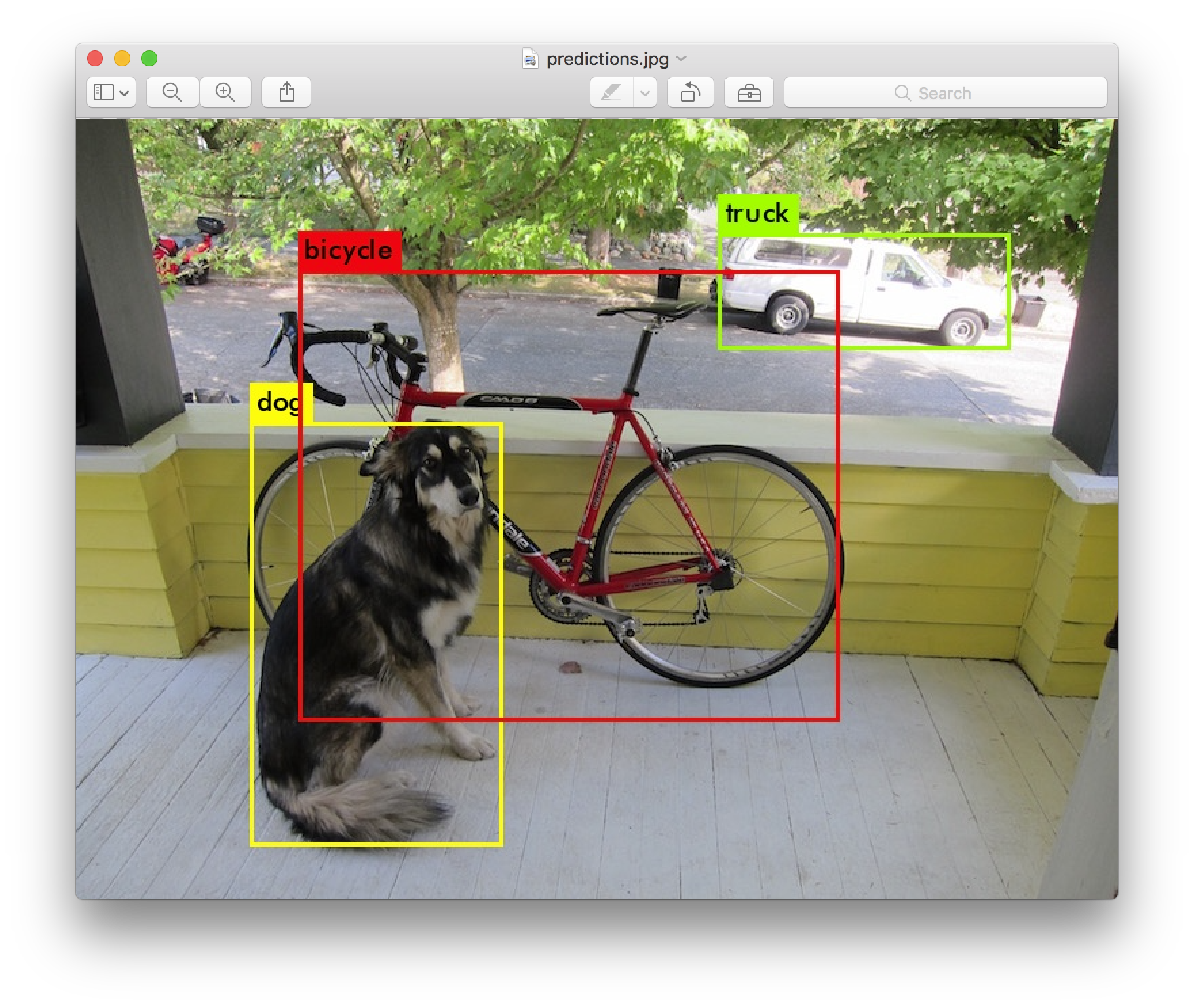-
NVidia – High-Fidelity 3D Mesh Generation at Scale with Meshtron
https://developer.nvidia.com/blog/high-fidelity-3d-mesh-generation-at-scale-with-meshtron/
Meshtron provides a simple and scalable, data-driven solution for generating intricate, artist-like meshes of up to 64K faces at 1024-level coordinate resolution. This is over an order of magnitude higher face count and 8x higher coordinate resolution compared to existing methods.
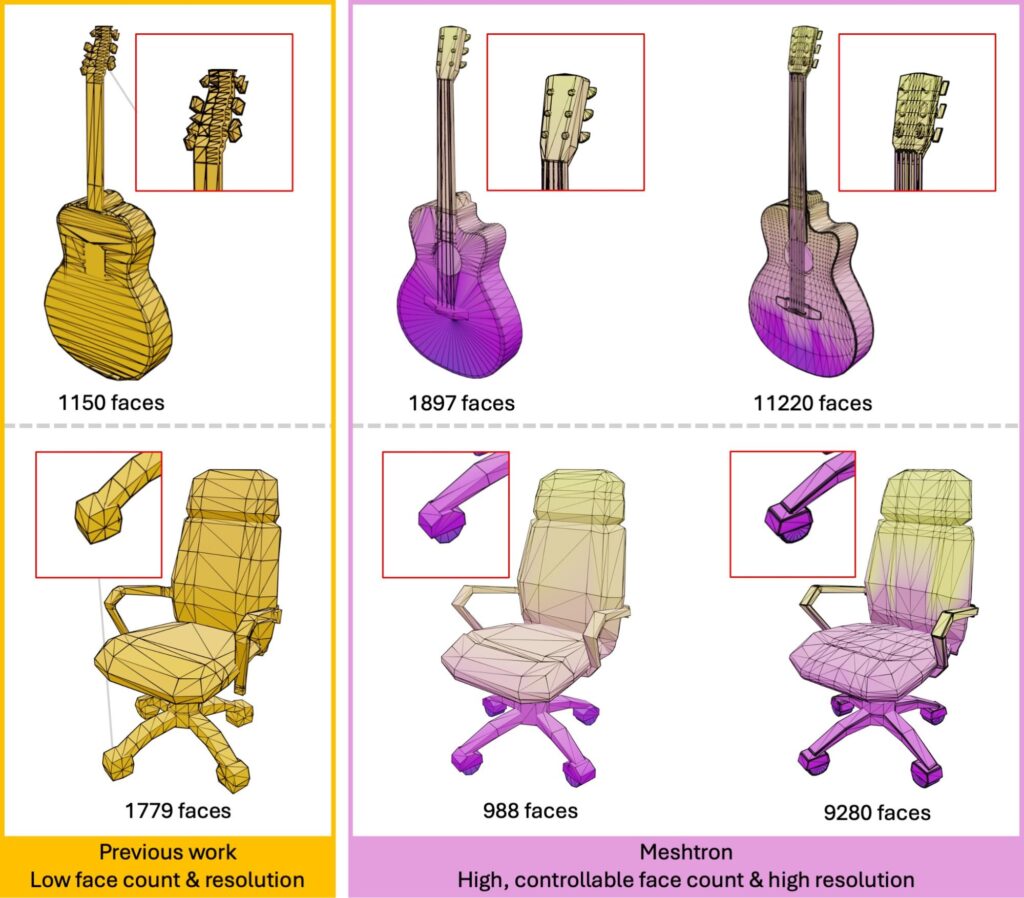
-
Alberto Taiuti – World Models, the AI technology that could displace 3D
https://substack.com/inbox/post/153106976
https://techcrunch.com/2024/12/14/what-are-ai-world-models-and-why-do-they-matter/
A model that can generate the next frame of a 3D scene based on the previous frame(s) and user input, trained on video data, and running in real-time.
World models enable AI systems to simulate and reason about their environments, pushing forward autonomous decision-making and real-world problem-solving.
The key insight is that by training on video data, these models learn not just how to generate images, but also:
- the physics of our world (objects fall down, water flows, etc)
- how objects look from different angles (that chair should look the same as you walk around it)
- how things move and interact (a ball bouncing off a wall, a character walking on sand)
- basic spatial understanding (you can’t walk through walls)
Some companies, like World Labs, are taking a hybrid approach: using World Models to generate static 3D representations that can then be rendered using traditional 3D engines (in this case, Gaussian Splatting). This gives you the best of both worlds: the creative power of AI generation with the multiview consistency and performance of traditional rendering.
-
-
Zach Goldberg – The Startup CTO Handbook
https://github.com/ZachGoldberg/Startup-CTO-Handbook
You can buy the book on Amazon or Audible
Hi, thanks for checking out the Startup CTO’s Handbook! This repository has the latest version of the content of the book. You’re welcome and encouraged to contribute issues or pull requests for additions / changes / suggestions / criticisms to be included in future editions. Please feel free to add your name to ACKNOWLEDGEMENTS if you do so.
-
Momentum-GS – Momentum Gaussian Self-Distillation for High-Quality Large Scene Reconstruction
https://jixuan-fan.github.io/Momentum-GS_Page
https://github.com/Jixuan-Fan/Momentum-GS
A novel approach that leverages momentum-based self-distillation to promote consistency and accuracy across the blocks while decoupling the number of blocks from the physical GPU count.
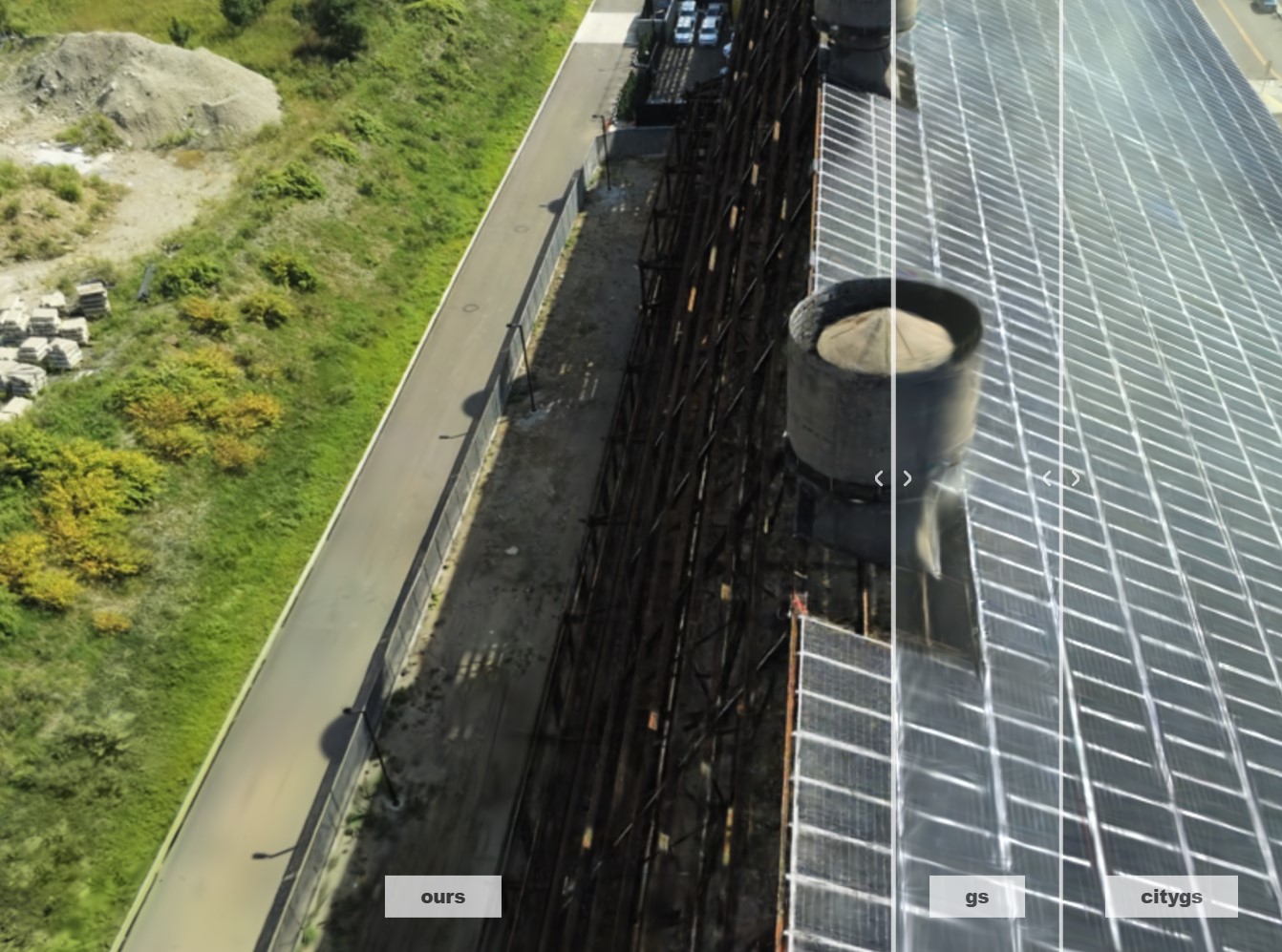
-
Tencent Hunyuan AI Video – A Systematic Framework For Large Video Generation Model
https://aivideo.hunyuan.tencent.com
https://github.com/Tencent/HunyuanVideo
Unlike other models like Sora, Pika2, Veo2, HunyuanVideo’s neural network weights are uncensored and openly distributed, which means they can be run locally under the right circumstances (for example on a consumer 24 GB VRAM GPU) and it can be fine-tuned or used with LoRAs to teach it new concepts.
-
Ranko Prozo – Modelling design tips
Every Project I work on I always create a stylization Cheat sheet. Every project is unique but some principles carry over no matter what. This is a sheet I use a lot when I work on isometric stylized projects to help keep my assets consistent and interesting. None of these concepts are my own, just lots of tips I learned over the years. I have also added this to a page on my website, will continue to update with more tips and tricks, just need time to compile it all :)
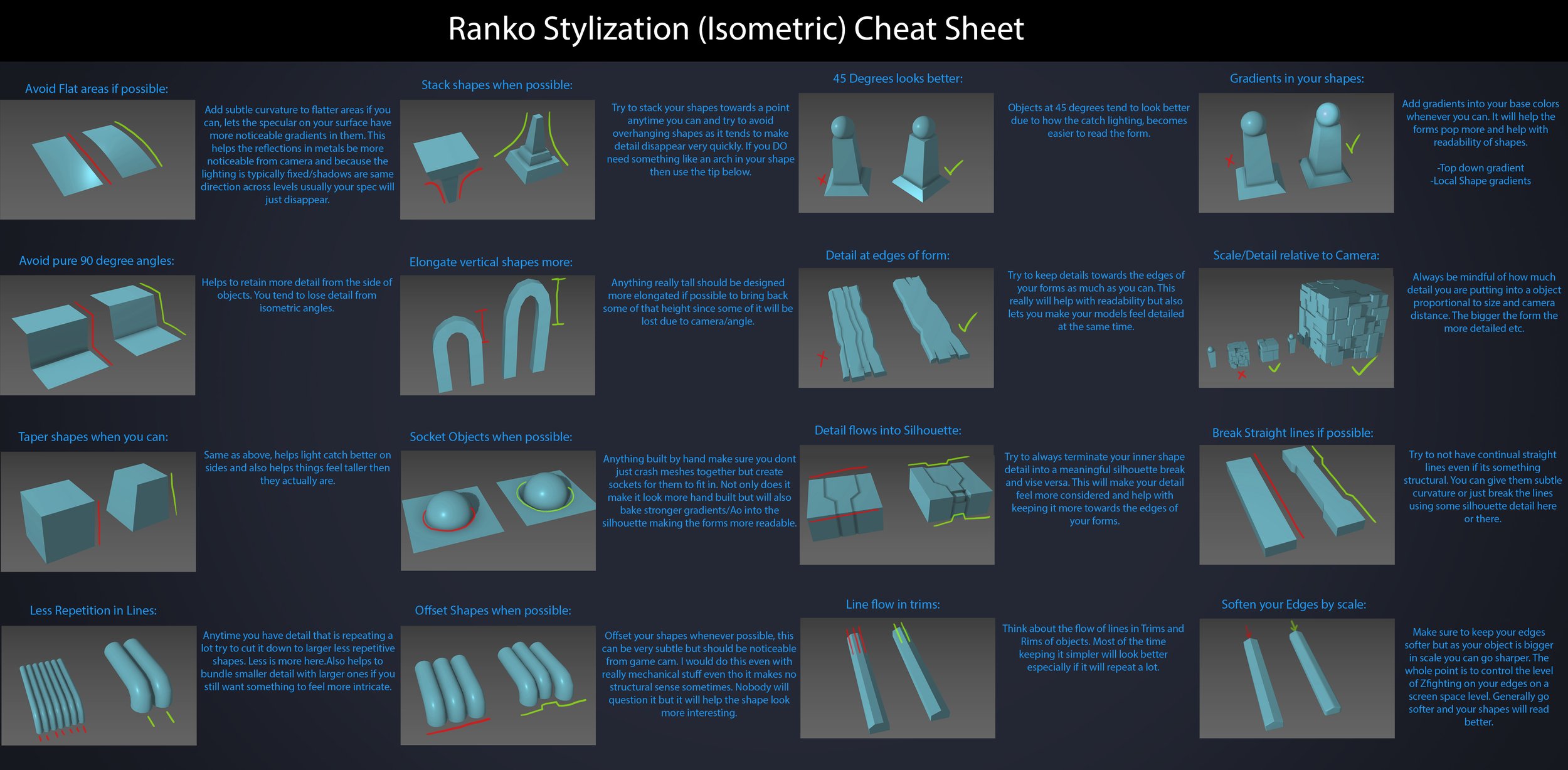
-
Wyz Borrero – AI-generated “casting”
Guillermo del Toro and Ben Affleck, among others, have voiced concerns about the capabilities of generative AI in the creative industries. They believe that while AI can produce text, images, sound, and video that are technically proficient, it lacks the authentic emotional depth and creative intuition inherent in human artistry—qualities that define works like those of Shakespeare, Dalí, or Hitchcock.
Generative AI models are trained on vast datasets and excel at recognizing and replicating patterns. They can generate coherent narratives, mimic writing or artistic styles, and even compose poetry and music. However, they do not possess consciousness or genuine emotions. The “emotion” conveyed in AI-generated content is a reflection of learned patterns rather than true emotional experience.
Having extensively tested and used generative AI over the past four years, I observe that the rapid advancement of the field suggests many current limitations could be overcome in the future. As models become more sophisticated and training data expands, AI systems are increasingly capable of generating content that is coherent, contextually relevant, stylistically diverse, and can even evoke emotional responses.
The following video is an AI-generated “casting” using a text-to-video model specifically prompted to test emotion, expressions, and microexpressions. This is only the beginning.
COLLECTIONS
| Featured AI
| Design And Composition
| Explore posts
POPULAR SEARCHES
unreal | pipeline | virtual production | free | learn | photoshop | 360 | macro | google | nvidia | resolution | open source | hdri | real-time | photography basics | nuke
FEATURED POSTS
-
VFX pipeline – Render Wall management topics
-
59 AI Filmmaking Tools For Your Workflow
-
Film Production walk-through – pipeline – I want to make a … movie
-
Scene Referred vs Display Referred color workflows
-
Photography basics: How Exposure Stops (Aperture, Shutter Speed, and ISO) Affect Your Photos – cheat cards
-
PixelSham – Introduction to Python 2022
-
STOP FCC – SAVE THE FREE NET
-
Google – Artificial Intelligence free courses
Social Links
DISCLAIMER – Links and images on this website may be protected by the respective owners’ copyright. All data submitted by users through this site shall be treated as freely available to share.





